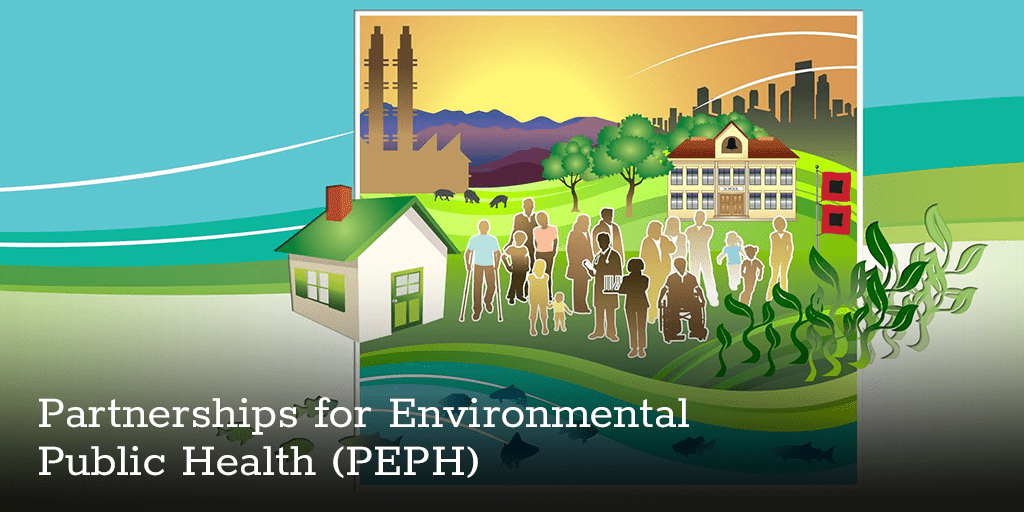Continuing medical education modules are an effective way to increase health care providers’ skills and comfort in communicating research findings to patients and their caregivers. Researchers with the Breast Cancer and the Environment Research Program (BCERP) found that such modules increased pediatric health care providers’ communication about the connection between environmental exposures during puberty and the risk of developing breast cancer.
The BCERP is a multi-disciplinary consortium of researchers, community partners, and a coordinating center. The consortium currently includes six studies funded by the NIEHS and the National Cancer Institute. The BCERP conducts research on the connection between environmental exposures and breast cancer and translates that research into practice in communities.
“The BCERP’s research has shown a strong link between certain environmental exposures during puberty and an increased risk of breast cancer,” said Kami Silk, Ph.D., researcher at the University of Delaware. “Reaching out to pediatric providers is a way to get this information to caregivers of children in this age group who can then implement breast cancer risk-reducing behaviors. We found that this route for research translation is an effective way to get health knowledge to those who will benefit from it.”
Continuing Medical Education Modules Translate Research to Medical Training
Health care providers are required to complete continuing education courses throughout their careers. Developing continuing medical education modules on breast cancer and related exposure risks for children is therefore an effective way to get this information to pediatric health care providers.
Researchers developed three training modules that consisted of videos, graphics, and slide presentations with audio narration. The first module presented information on the BCERP and its areas of research. The second module reviewed the connection between breast cancer risk and exposure to specific chemicals during certain developmental periods of the life span, including puberty. The third module focused on communication strategies related to environmental exposures and breast cancer risk.
“We developed the continuing medical education modules to give pediatric nurses, nurse practitioners, and pediatricians knowledge about breast cancer risk from exposures during childhood that we’ve learned from BCERP research,” explained Silk. “The modules were designed to help health care providers integrate BCERP health recommendations into well child visits.”
Pediatric Health Care Providers Implement New Knowledge in Practice
Although it was expected that the continuing education modules would increase providers’ knowledge of the link between environmental exposure and breast cancer risk, getting that information into the hands of patients and their caregivers was the true goal. Therefore, the researchers examined whether the second and third modules were effective at encouraging health care providers to discuss breast cancer risk-reducing behaviors in their medical practice with patients and their caregivers. To do this, health care providers were recruited from a variety of hospitals, medical practices, and academic medical centers and randomly assigned to complete one of the modules. The researchers surveyed health care providers on their attitude toward and knowledge of breast cancer risk immediately before and after completing the modules, as well as three weeks later.
Results indicated that the modules provided pediatric health care providers with information they did not previously know about environmental exposures at particular developmental periods of a child’s life. Furthermore, pediatric health care providers stated that the modules gave them new tools to effectively communicate with patients and their caregivers about these risks to help them reduce exposures. Although one module focused specifically on communication strategies, researchers found that the module that did not include communication strategies still increased providers’ frequency of communication.
This study supports the effectiveness of continuing medical education at enabling health care providers to communicate current science to patients and their caregivers. This study also indicates continuing medical education modules could be effective at translating research findings on associations between environmental exposures and risks of developing poor health outcomes to populations that need this information most.
“We were happy to hear that health care providers reported that they enjoyed the modules and received useful information from them,” reflected Silk. “Our goal is to get the BCERP’s results out to children and their caregivers who can use the information to reduce exposures. These continuing medical education modules are one good strategy because people trust their health care providers and often try to put in action what they recommend.”
In the future, the researchers would like to examine whether refresher training for health care providers is useful for maintaining their increased environmental health knowledge and communication of this knowledge with patients and their caregivers. They would also like to reach adolescents directly through video-based learning tools based on the content from the continuing medical education modules.
Source link
www.niehs.nih.gov

